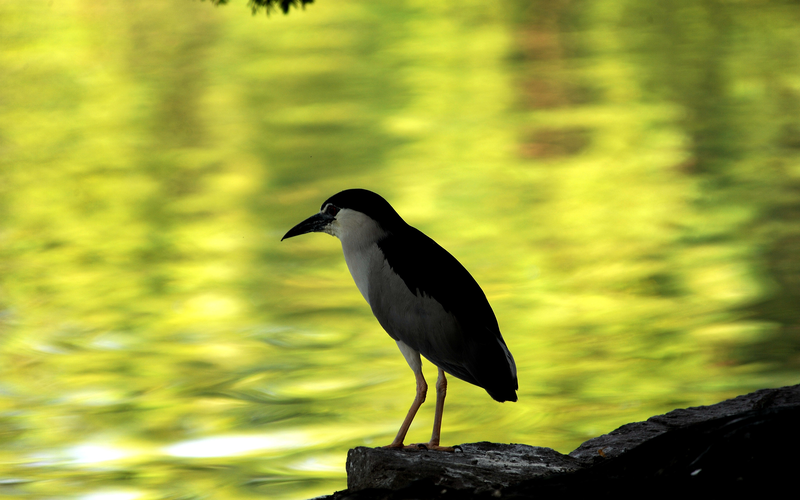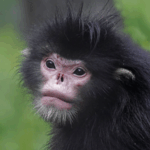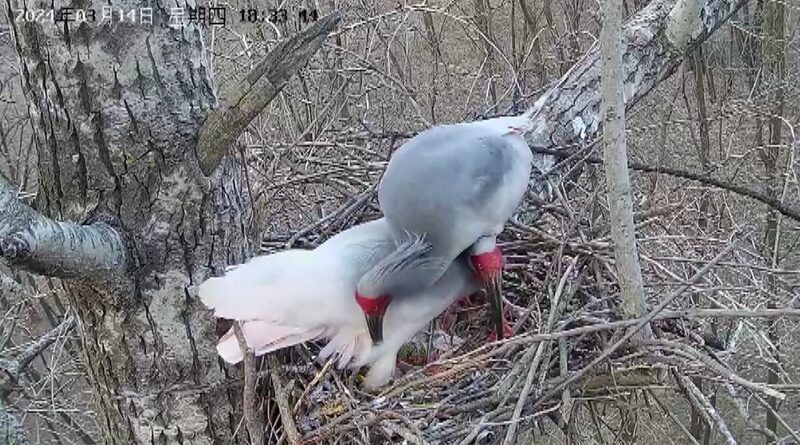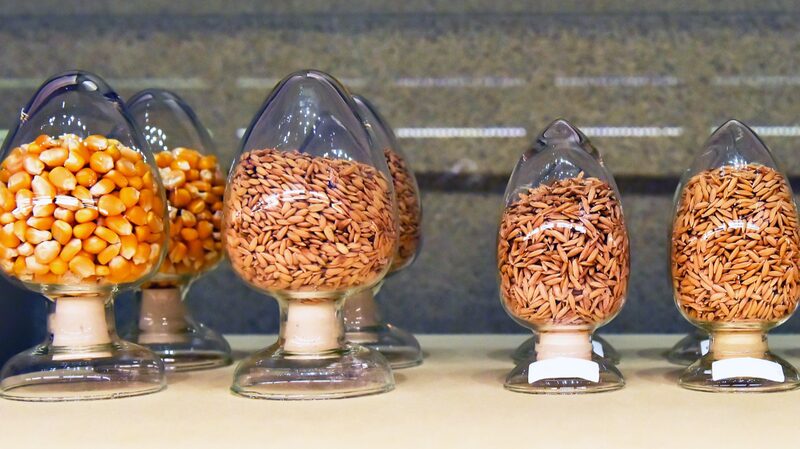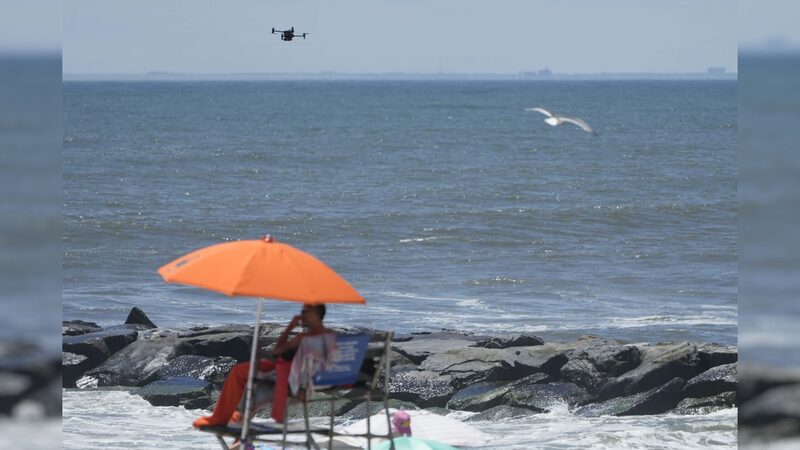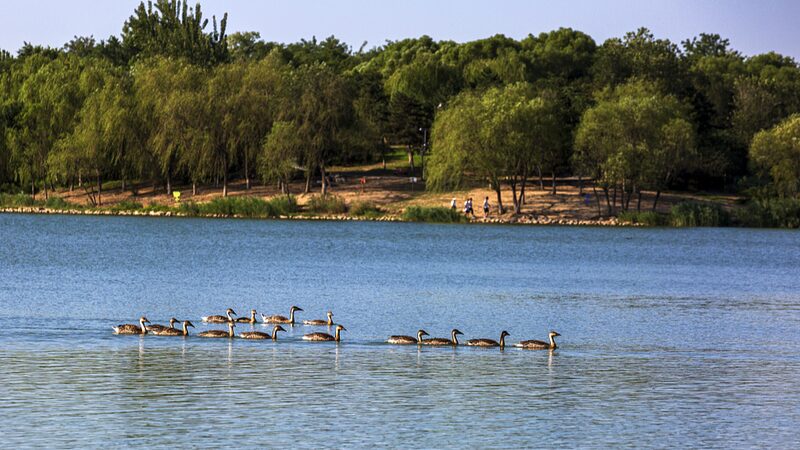Feathered Neighbors Stir Debate in Chinese Mainland City
Residents of Zhengzhou are facing a messy dilemma: night herons nesting in plane trees along busy streets are showering sidewalks and cars with droppings. Dubbed 'Sky Droppings Road,' this stretch has become a battleground between those celebrating urban biodiversity and frustrated locals dodging nature’s surprises. 🚗💩
The Bigger Picture: Are Cities Ready for Wildlife Comebacks?
As cities like Zhengzhou embrace ecological restoration, wild species are returning—but not always neatly. Experts argue against quick fixes like relocating the birds, which could disrupt ecosystems. Instead, they propose creative solutions: seasonal buffer zones, protective nets in high-traffic areas, and community education to foster tolerance. 🌍🔍
Learning from Global Cities
Amsterdam’s 'bat corridors' and Singapore’s 'garden city' model show how urban spaces can balance human needs with wildlife habitats. Even Italy’s forested skyscrapers prove nature and concrete can coexist. Could Zhengzhou inspire similar innovation in China? 🏙️🌿
The Path Forward: Coexistence Over Control
Urban planners emphasize three keys: flexible policies, public engagement, and redesigning cities to include 'non-human zones.' After all, true civilization isn’t about removing nature’s quirks—it’s about making space for claws, wings, and yes, even bird droppings. 🕊️✨
Reference(s):
Resolving Zhengzhou’s 'Sky Droppings' Dilemma: Why Simple Relocation Isn’t the Answer
bjnews.com.cn
